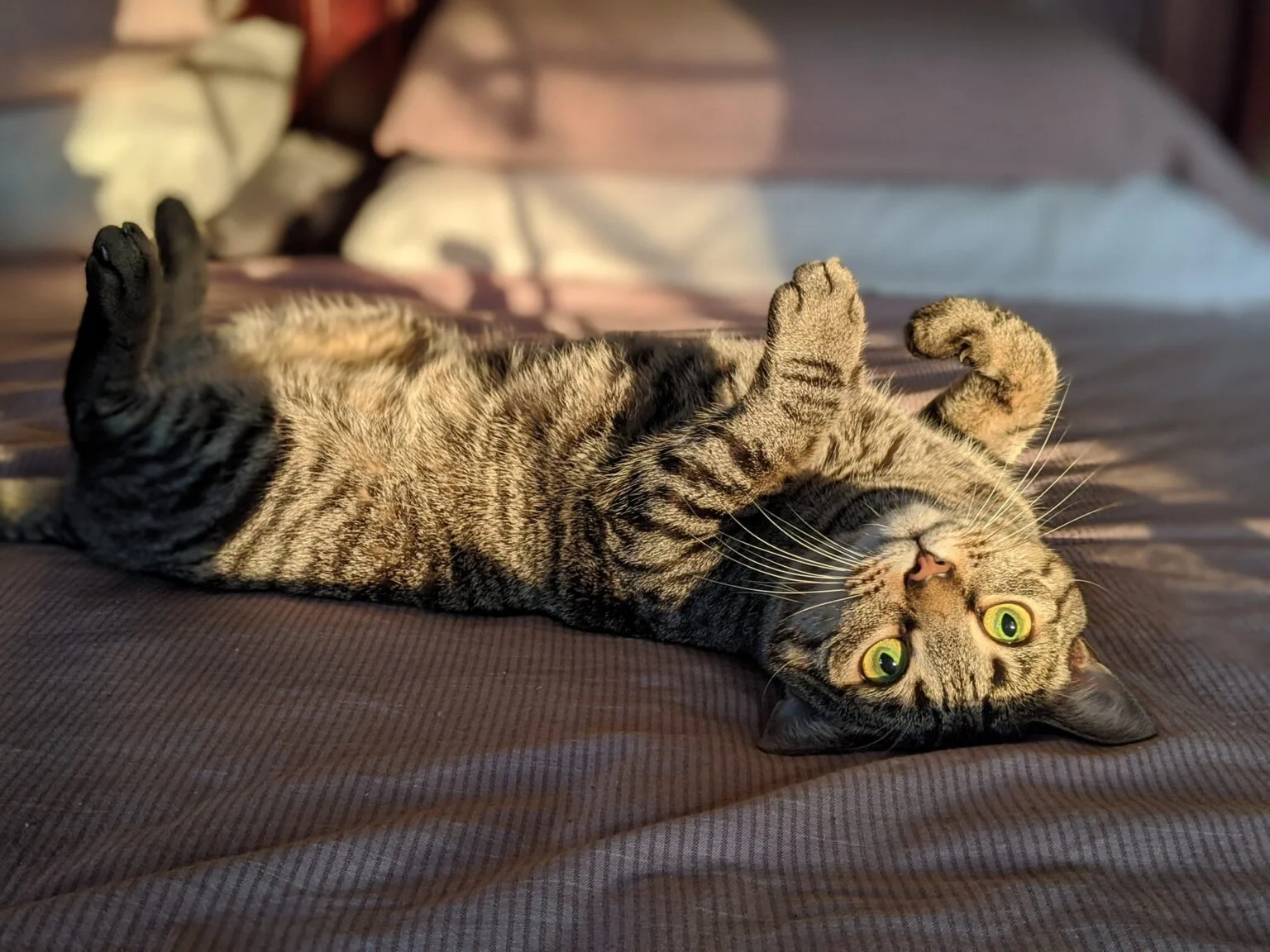For thousands of years, humans have brought cats into their homes as companions, and over time variations in certain characteristics such as the color and pattern of the cat’s coat have been observed. One of the most recognizable cat coat patterns is the tabby stripe. But recently research is being done on how this coat pattern evolved. This biological process remains a mystery until now. However, geneticists have now identified a gene in domestic cats that alters fetal development, resulting in the distinctive tabby stripes we see on cats.

The gene responsible for tabby stripes is known as Dkk4, and it creates a “pre-pattern” of thick and thin skin in the developing cat embryo that later appears as a striped pattern on the cat’s fur. Dkk4 patterns expression in thick patches of skin and later become covered with dark fur.
When a thin patch of skin has Dkk4-style expression and is later covered with light fur, it is noticeable. The research team observed variations in thick-thin skin in embryos even before hair development. The process of coat pattern formation begins early in development.
Gregory S. Barsh, a geneticist and senior author of the study, explained that the development of cat fur has long been an unsolved mystery, and this research has helped to better understand the patterning process. The team found that variations in the Dkk4 gene caused significant changes in fur patterns. The gene change causes cats to have small, thin strokes of color in their fur pattern known as “ticked.”
The research results were published in Nature Communications and Harvard University biologist Hopi E. Many, including Hoekstra, have praised this research. They called the chapter “excellent research”. This has changed our view of how patterns form, he added. It was considered one of the most fundamental questions in developmental biology.
Domestic cats constitute a useful model for studying and researching color patterns. A great deal of genomic data has been collected on this subject. However, the study authors note that the types of coats they observed represent only a fraction of the pattern diversity.
